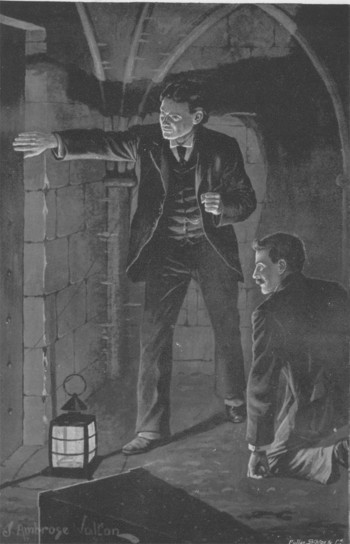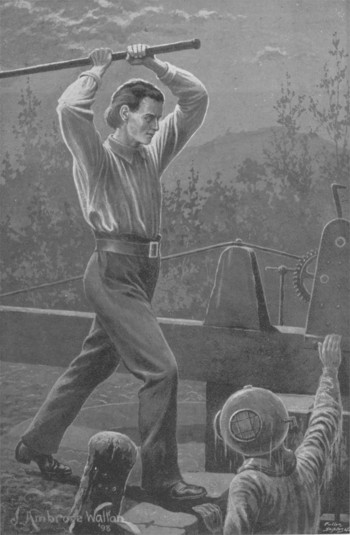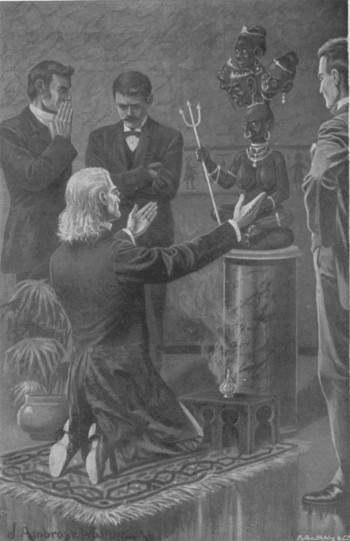
I'm a skeptic. Yes, that's right, while I enjoy reading horror stories and supernatural tales and "true" ghost stories and all that, I'm a big-time skeptic. While part of me would love for ghosts and psychic powers and suchlike to be real, I know that the evidence just isn't there, at least to satisfy me. And that's why I love this book so much.
Elizabeth Thomasina Meade Smith, aka L. T. Meade, (1854-1914) was a prolific author of children's novels that are largely forgotten today, but also wrote a number of mystery stories that are still read a century later. With Dr. Clifford Halifax, she co-wrote "Stories in the Diary of a Doctor", and with frequent collaborator Robert Eustace, she co-wrote a number of episodic novels/short story collections, including THE SORCERESS OF THE STRAND and THE BROTHERHOOD OF THE SEVEN KINGS (both of which I'll be reviewing in the future) and this collection, first published in 1898.
The titular "Master of Mysteries" is John Bell, a professional investigator of supernatural mysteries. He's not a believer; he's firmly convinced that such phenomena are hoaxes and the work of mortal evildoers, and of course, he's always right. He deals with the upper class, at least in the stories presented here (and I guess they're the only stories he's in). He's a distant precursor to the Scooby-Doo gang. He's also frank about the thankless nature of his job, and how he's exposed to ridicule, because society thinks nothing of the superstitious but looks down its nose at those who try to prove superstition false. (Still fairly true today, even in the age of shows like MYTHBUSTERS.)

"The Mystery of the Circular Chamber" has Bell investigating a supposedly haunted room in a remote rural inn. "The Warder of the Door" is an ancestral curse that Bell must break. A series of mysterious deaths is the center of "The Mystery of the Felwyn Tunnel." A ghost that steals diamonds, and a seemingly invisible boat, are featured in "The Eight-Mile Lock." "How Siva Spoke" tackles a seemingly talking idol, and "To Prove an Alibi" is a return to haunted-room territory, with echoes of Wilkie Collins.

Bell is very much a typical detective; he examines the scene, questions the witnesses, uses disguises, and applies his knowledge and education. While he's capable of being scared, he doesn't let himself be carried away by fear. He's a great stalwart character, full of Victorian assurance and rectitude, but not so full of himself as to be a prig or an oaf. Still, he's not horribly interesting (we find out little of his inner life) and he could have used some fleshing out.
Still, that aside, this is a fun collection. Meade was a very straightforward writer, never too flowery, and remains readable. (I strongly suspect Eustace was there to provide medical and scientific input; he later collaborated with Dorothy Sayers for her non-Wimsey novel, THE DOCUMENTS IN THE CASE.)
There's reprints of this out there, but why bother? It can be downloaded for free from Project Gutenberg, illustrations and all.




2 comments:
Thank you - L. T. Meade's work sounds intriguing - and a hell of a lot more solidly written than so many mystery novels coming out.
There's still good stuff out there today, I think. But yeah, Meade's stuff is solid (if sometimes fairly implausible) and it has an occasional old-time hamminess that's part of the fun. And they're criminally overlooked today!
Post a Comment